20+ Sample Work Letters
-
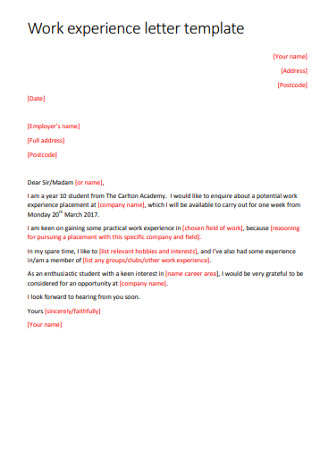
Work Experiance Letter Template
download now -
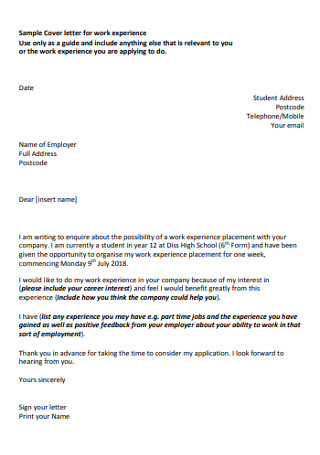
Sample Cover Letter for Work Experience
download now -

Work Experience Verification Letter
download now -
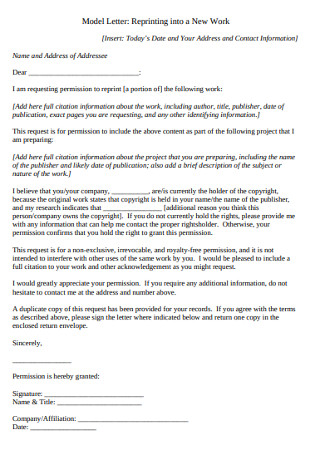
New Work Model Letter
download now -
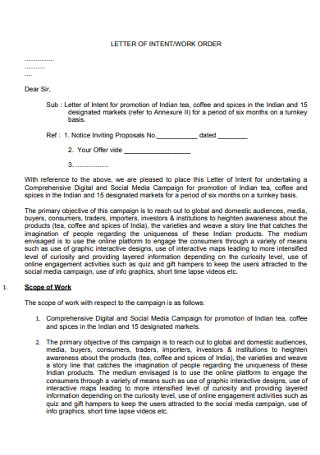
Work Letter of Intent
download now -

Employee Work Letter
download now -

Sample Work Cover Letter
download now -
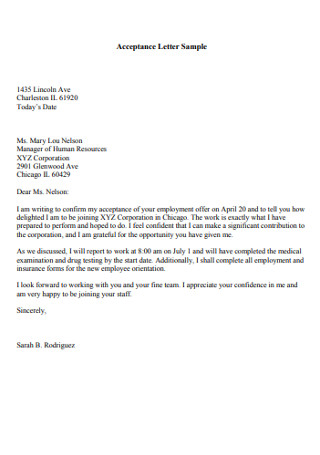
Sample Work Acceptance Letter
download now -
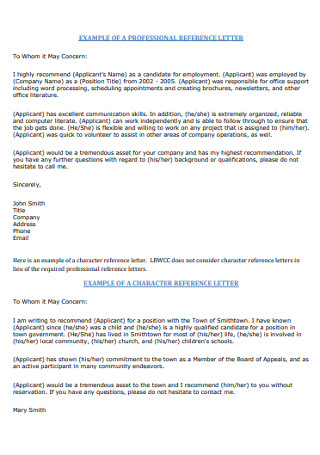
Employee Work Reference Letter
download now -
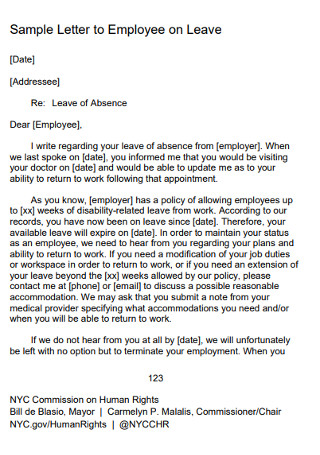
Sample Employee on Work Leave Letter
download now -
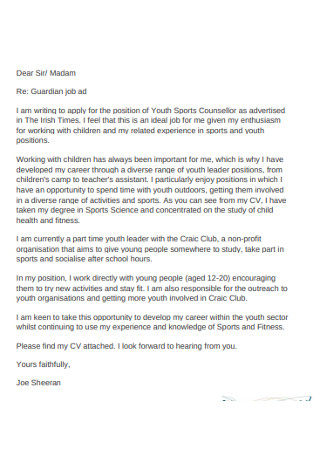
Job Work Letter
download now -
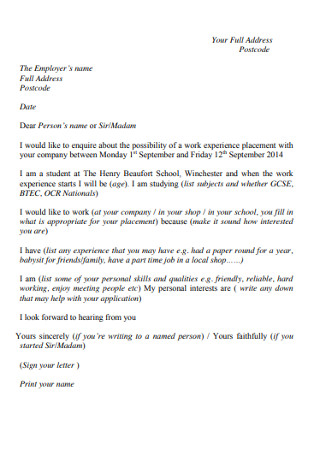
Company Work Experience Letter
download now -
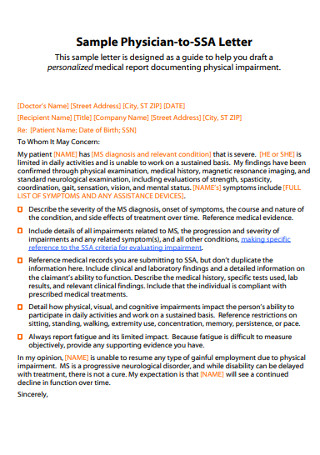
Sample Physician Work Letter
download now -

Basic Work Experience Letter
download now -
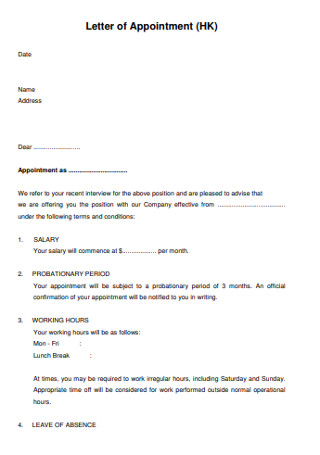
Work Appointment Letter
download now -
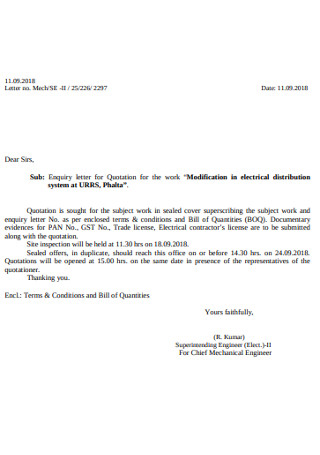
Electrical Work letter
download now -
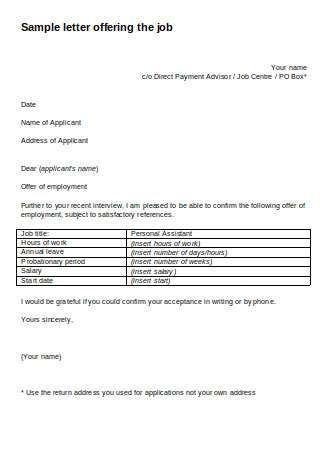
Sample Letter Offering the Job
download now -
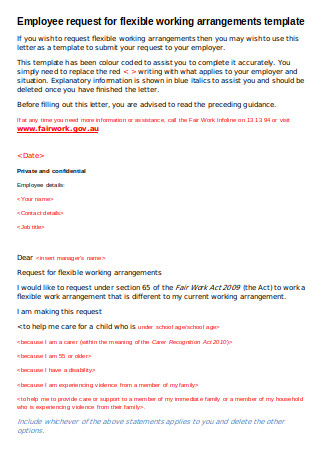
Employee Request for Flexible Working
download now -
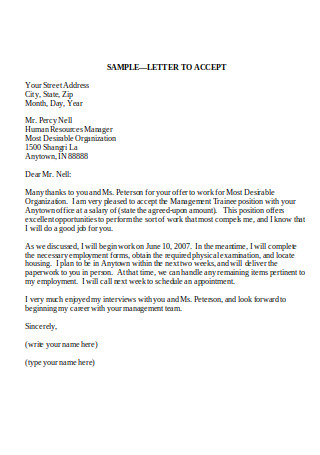
Confirmation Letter of Job Offer
download now -
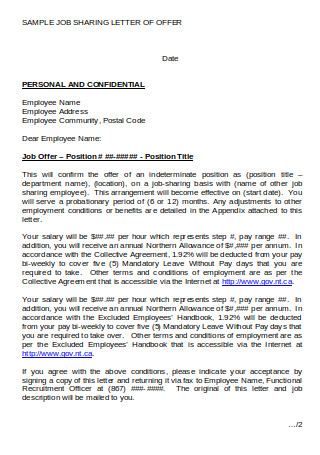
Sample Job Sharing Letter of Offer
download now -
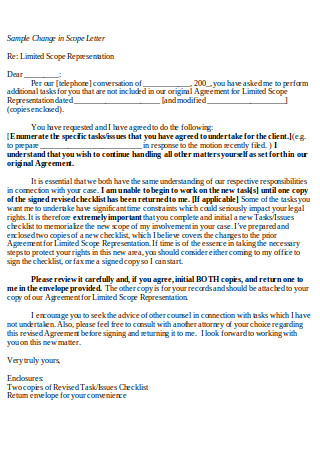
Sample Change in Scope Letter
download now
What Is a Work Letter?
Work letters are the main means of communication between the employer and employees or with possible employees. Aside from being business or professional letters, these are also coined as personnel letters because of their vital role in the human resources department. A work letter is a primary tool in disseminating information to employees and incoming members of the company. More importantly, it is primarily used during the sourcing and recruitment process. Some examples of its usage in this process are the letters for acknowledging a receipt of a resume, offering a job position, and rejecting applicants.
Aside from its role in company and department operations, work letters are also used in establishing and widening the organization’s networks. When there is a need to partner with organizations for a particular event, you can whip up a proposal letter with a request letter. Or, your organization can send out personalized acknowledgment letters to your valuable clients to express gratitude for their continued support. In essence, work letters create connections between employees, bosses, partners, and all other stakeholders to facilitate effective operations within a conducive environment.
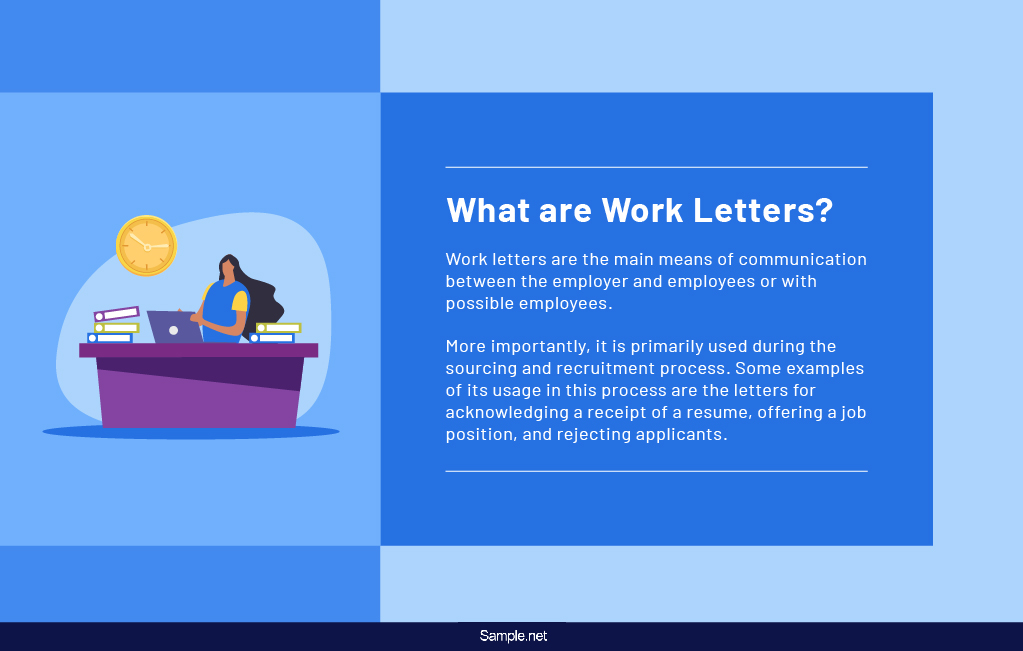
Primary Faces of Work Letters
From its main artsy use exclusive within the office of the pope and other elite members of the society, the main purpose of work letters evolved because of the changing demands of the time. Work letters also adapted a specific way of writing, quite different from the original intention of using more creative words and figures of speech. It became more available to the lower castes of society. The use of letters was no longer tied to one’s status in society. From then on, almost all business transactions such as ordering goods and paying bills developed personalized letter formats. Here is a list of modern and standard work letters used in almost every day business dealings.
What are the Benefits of Well-Structured Work Letters?
In the efforts of modern companies to go paperless, work letters went from print to digital. Memorandums are sent through emails instead of printing out multiple copies to post on several bulletin boards. Acknowledgment and thank you notes are also communicated online, and it is up to the recipient to print a copy or not. Despite the use and borderline reliance on digital methods, the benefits of printed and digital work letters have an equal degree of gravity. Although an approach may have some advantages over the other, the other party also has some strengths that the former does not possess. Listed below are some benefits of adequately constructed business letters, whether in print or digital.
Simplest Means of Formal Communication
Before all the other benefits and advantages that work letters provide, it is first fully appreciated because it is a formal means of communication. In daily business transactions, messages are forwarded to employees, bosses, and partners to pass on information or to lay out a request. Its format is easily applicable for various matters in the daily operations of the company—in sales, finance, and internal and external relations. And because of its formality, the letter can stand-in as a substitute and replace personal meetings altogether. It is also vital in opening possible discussions about a particular matter, such as proposals and events. On another note, developing and using formal means of communication places the organization in a positive light. It leaves an impression on the recipients that the company or individual took time and effort in constructing an entire letter for a particular matter.
Efficient Documentation
A prominent and very welcome benefit of utilizing work letters is its role in efficient documentation. Accurate and seamless documentation is necessary for corporations and institutions to operate effectively without wasting valuable resources. Document filing is essential for every department, but it is especially essential for the human resources department. It is mainly used in tracking and recording employee data. Employee data does not only include personal information such as the contact details and record of recruitment requirements. It also includes keeping a history of the employees’ performance evaluation and infractions. These sets of information are used as proof and backing data for possible promotions, salary increases, and termination. The decisions made by referencing business letters have significant effects on daily operations.
Establishes Human Interaction
With the preference of this generation to short and impersonal email messages in relaying information, there are still some who prefer full-length letters, either in digital or print format. But as for printed work letters, these documents establish a human and personal connection with the recipient. Establishing personal relations is also another positive take away from using professional work letters. Sending full-length messages creates an impression that the interaction is between two people, and not just between two stone-cold corporations or seems like actually talking to a person rather than short email messages. Appreciation letters are more appreciated when given personally. Resignation letters are also more terminal and critical when handed in personally and written explanations.

How to Make Effective Work Letters
No matter how small and insignificant letters appear to seem, one letter, alone, can create an impression for an entire organization or individual. Take note that a reader notices the structure of the document before reading the text. Most often, people appropriate their behavior according to appearance. Due to this, there are several key factors to consider in writing any type of work letter. Both the format and content should receive the same amount of attention when writing. Here are some steps and tips on how to create business letters that are sure to work effectively according to their primary use.
Step 1: Follow Professional Format
Professional business or work letters follow a unified format that lays out the needed information. Begin with listing the personal details of the sender, date of composing the message, and then, the personal contact information of the receiver. After containing these pieces of information, open the letter with the appropriate greeting. It is best to address the message to a specific person to start on the right foot. But, you are free to use general greetings if you are not sure who to address the letter. Statements like “To Whom It May Concern” are considered formal and widely accepted. The body of the letter follows and closed with the proper salutations. Also, do not forget to align the text properly. It is preferred to use the left alignment.
Make sure not to underestimate the importance of the format. Proper formatting creates the impression of professionalism. It makes it stand out as a formal work letter. Moreover, its smooth and straightforward format makes it readable. It makes it easy to screen through all the parts of the letter.
Step 2: Use a Professional Tone
After orienting yourselves with the proper format and its importance, the next thing to consider is adopting a professional tone. It is not enough for the letter to look professional. It should also look like one. To achieve the required sound, always think about the purpose of the letter and the recipient. For example, in writing resignation letters, its primary goal is to state your intention to leave the company and to express gratitude. Make sure to show and maintain these emotions throughout the letter. As for letters with a more severe intention, such as application letters, clearly express your plan to work for that particular company. Also, do consider the main message that you want to relay. Make sure that the overall tone of your letter helps convey the main point.
Step 3: Start Strong and Direct
Using the proper format and tone is already a strong suit. But, also make sure to start the body of the letter strongly. Create an impact on the reader at first glance. Doing this will capture and maintain the attention of the reader; however, short the time they allocated for reading it. Ideally, introduce the primary details directly. In writing formal letters for a leave of absence, present your name right away. Together with your position, direct supervisor, and the length of your preferred time off. Similar to writing news articles, the first paragraph of the letter is the lead of the letter. After that, you can mention the details that support the main intention of the message.
Step 4: Be Keen with the Specifics
Starting strong and direct introduces the right foot forward. But, providing it with accurate and specific details makes it the best foot forward. Make sure to double-check the details of the project or event, if the letter intends for it. Double or triple-check it before starting the letter to have a seamless composition of the body. You can also ask someone to verify the details before, including it in the composition. Taking time to check and prove the validity of the details entails several implications for you and your company. And in turn, the reader will see it upon reading the letter because it is well-formatted and free from any kind of error.
Step 5: Keep it Short and Simple
This last step is arguably the most important thing to remember and follow. Keep the letter concise and easy to read. Business people do various activities within a day. More often than not, they allocate relatively limited time in reading correspondence from several parties. As the one writing the letter, do keep in mind that your letter is not the only one that they will go through in a day. The best course of action is to limit your letter to two to three paragraphs. And following the previous steps, start strong and direct and end it formally.
Contrary to what you may think, this number is enough to cover all the details of your message. The recipient needs to know the essential and vital information. Other information can be introduced and discussed when a face-to-face meeting is set.
